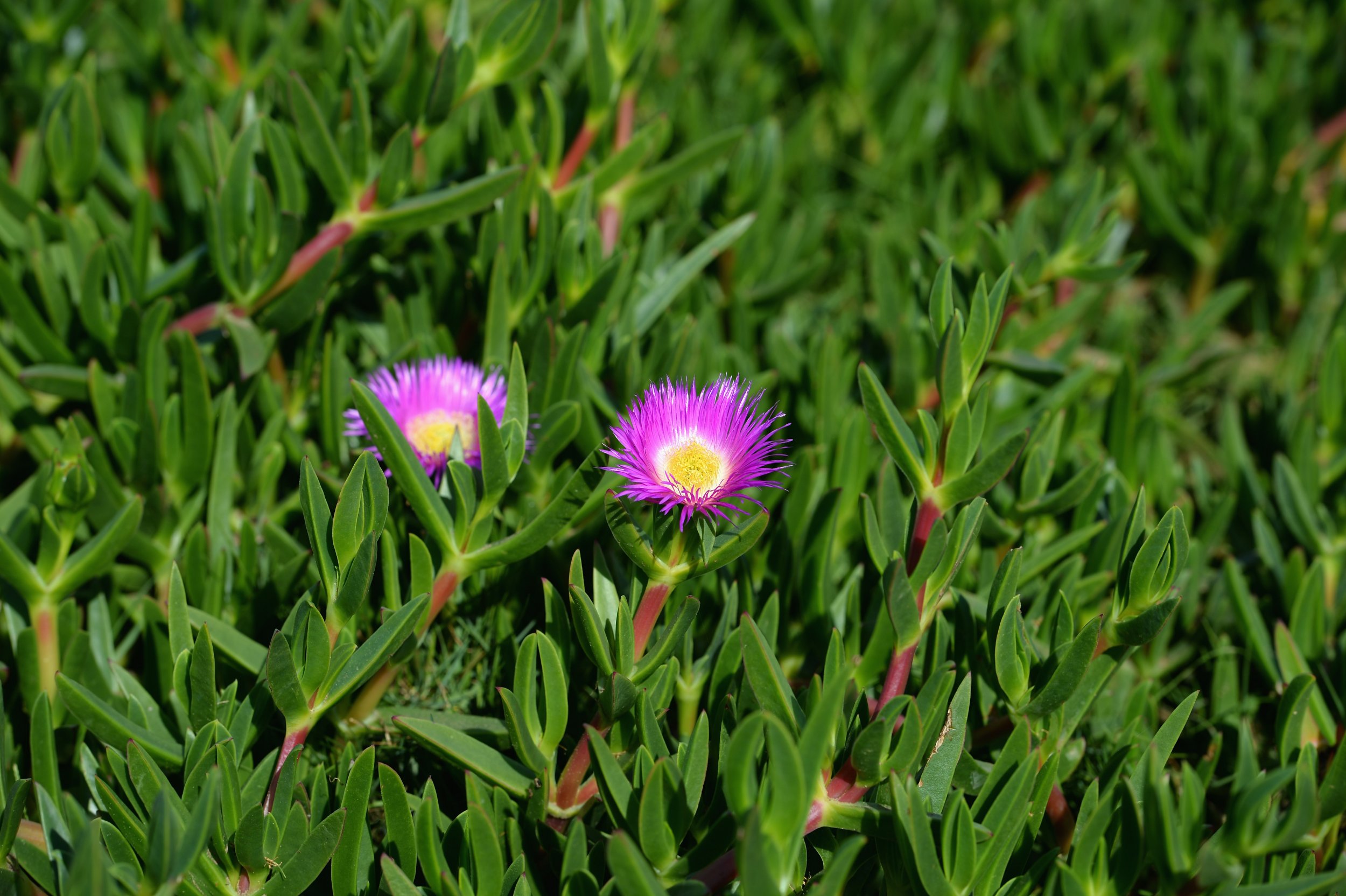
In 1990, scientists found the fossil of ancient algae that they believe may be the oldest known direct ancestor of modern plants and animals. But the exact age of the algae has long been up for debate. New research from McGill University in Canada may have the answer.
Bangiomorpha pubescens, a type of red algae, is the first known organism to sexually reproduce, which makes it the ancient ancestor to all sexually reproductive life on Earth. Fossils of this ancient creature found in Baffin Island in Canada nearly 30 years ago could be one of the oldest remnants of modern life.
Related: Living Solar Panels Printed On Wallpaper Harvest Sun's Energy Through Photosynthesis
To accurately date the fossils, scientists collected rock samples from the black shale that originally surrounded them. Results revealed that the rocks were 1.047 billion years old, a figure that is about 150 million years younger than previously held estimates, Phys.org reported.
Correctly dating the fossils doesn't just increase our understanding of this ancient creature. This finding also helps scientists accurately place when photosynthesis first began on Earth. Although life started as microbes, somewhere along the way, it jumped from single-celled bacteria to complex photosynthesizing plants. Figuring out when photosynthesis first developed is crucial to understanding when this jump occurred.
Related: Incredible Material That Harvests Light Energy Just Like Plants Created By Scientists
Photosynthesis is a process used by plants, algae, and some forms of bacteria to convert sunlight into chemical energy. Scientists believe that the process began when a eukaryote, the basic cell of a plant or animal, absorbed a photosynthetic bacteria. The bacteria then passed on its DNA to the eukaryote, and photosynthetic plants evolved.
Once the scientists knew the age of the fossils, they used a computer model known as a molecular clock, which calculates evolutionary events based on rates of genetic, to figure out when photosynthesis first evolved. Based on the calculations, the researchers concluded that if the fossils were 1.047 billion years, then photosynthesis must have first been introduced into plants 1.25 billion years ago.
The scientific discoveries from dating this important fossil may not end at photosynthesis.
"We expect and hope that other scientists will plug this age for Bangiomorpha pubescens into their own molecular clocks to calculate the timing of important evolutionary events and test our results," the researchers said, The Economic Times reported.
Studies like these help us to better understand our evolutionary past. At one point, you and your favorite house plant once shared a common ancestor.
Uncommon Knowledge
Newsweek is committed to challenging conventional wisdom and finding connections in the search for common ground.
Newsweek is committed to challenging conventional wisdom and finding connections in the search for common ground.
About the writer
To read how Newsweek uses AI as a newsroom tool, Click here.








